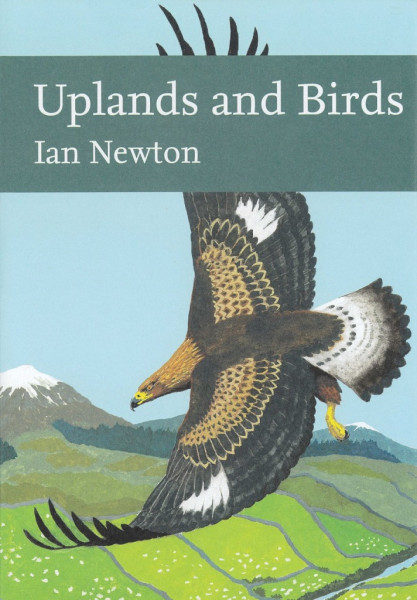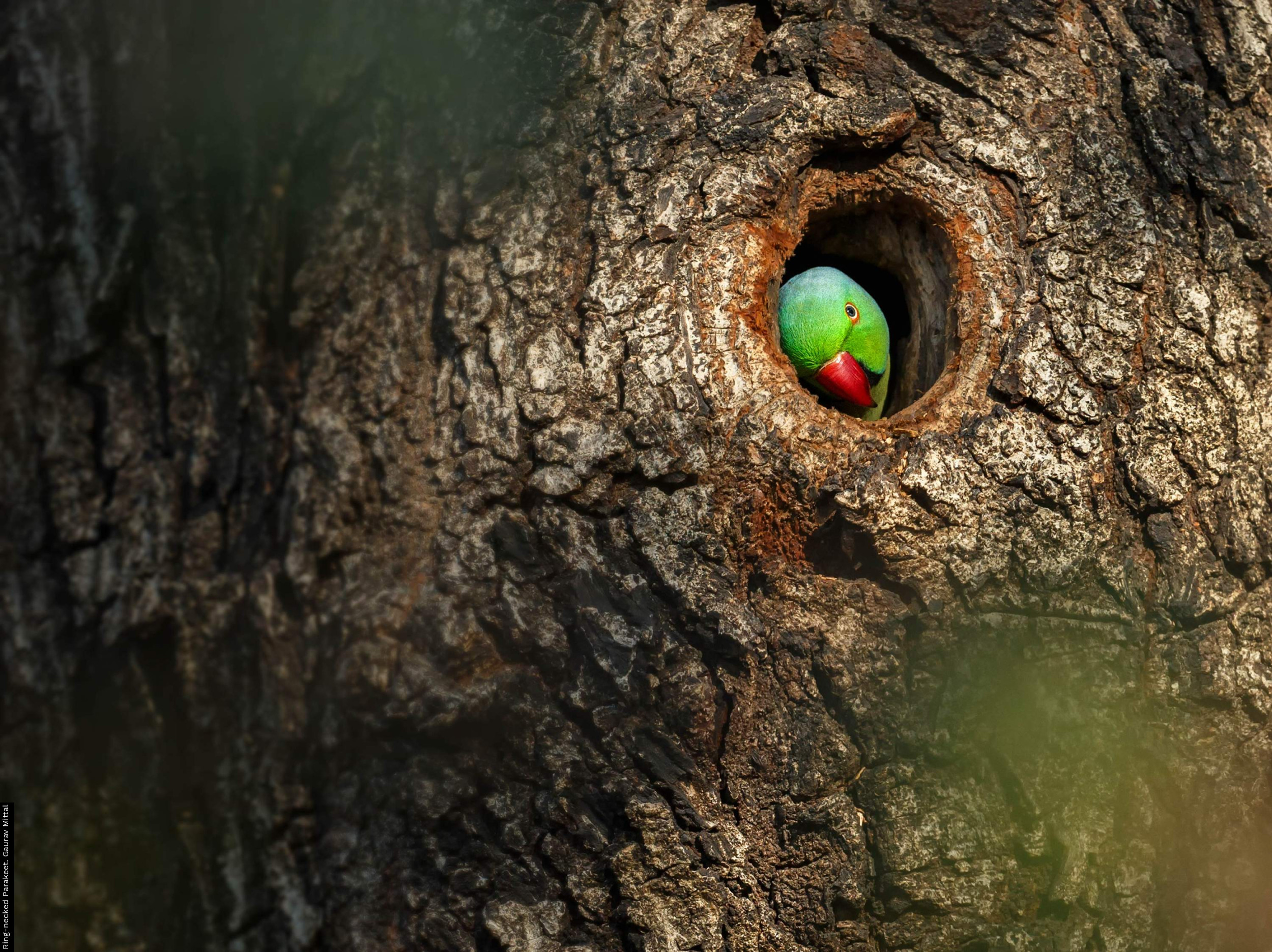
Publisher: William Collins, London
Publication Year: 2020
Binding: Softback
Page Count: 606
ISBN Number: 9780008298524
Price: £ 35.00
Uplands and Birds
Once again, Ian Newton has produced another brilliant book. As always, it is packed with facts and ideas presented in a clear and easy style that both grips one’s interest and deepens one’s understanding.
The uplands are often thought of as more natural or unspoilt than the lowland landscapes of Britain, their state determined largely by their topography, geology and climate. But Newton shows how today’s upland landscapes have been created by human activities over thousands of years. He deals with the management, ecology and birds of grouse moors, deer forests, hill farms, native woodlands and conifer plantations and with the conflicting aims and views that different people have about their management. As in the lowlands, changing land-use has much affected the distribution and numbers of birds, sometimes by deliberate intent (such as the persecution of birds of prey) but often unintended (such as the loss of eagle territories following blanket afforestation).
Newton has taken as his task not the promotion of particular solutions to the contentious arguments about upland land-use but the full presentation of the facts that need to be considered if we are to arrive at solutions that satisfy our conservation objectives and society’s needs. As an example of his approach, we may take the management of grouse moors, the hottest topic in upland land-use, at least for birdwatchers. Provision of grouse-shooting is competitive, for the value of the land (about the only financial benefit that the moor delivers to its owners) depends on the numbers of grouse available to be shot. To try to produce large numbers, managers burn vegetation, drain peat, control predators (both legally and illegally), put out grit medicated with antihelminthic drugs and control ticks using acaricides on sheep and by culling hosts such as Mountain Hares. Unlike farmers and foresters, who are greatly supported by the tax-payer, the shooters of grouse (and deer) fund their own expensive hobbies. And, although their activities impose costs on the wider community (such as the treatment of peat-laden water originating from the drainage of moors and the damage to trees by deer), they bring employment to economically deprived communities in places where other land-uses may not be feasible. Newton concludes that “Management for Red Grouse arguably causes less damage than any other form of upland land use as currently practised, apart from rewilding.” But this does not present us with a simple solution to upland management for “Raptor killing is the main issue that divide grouse-moor managers and conservation organisations, which otherwise have much in common.” Although the entrenched positions of the two sides make it difficult, “Only dialogue and compromise on both sides is likely to lessen this conflict.”
Any birdwatcher will enjoy this book and benefit from reading it. No hunter, farmer, forester, conservationist, politician or public servant should pontificate on how the uplands should be managed without carefully studying what Newton has to say…
Book reviewed by Jeremy Greenwood
buy this book





Share this page